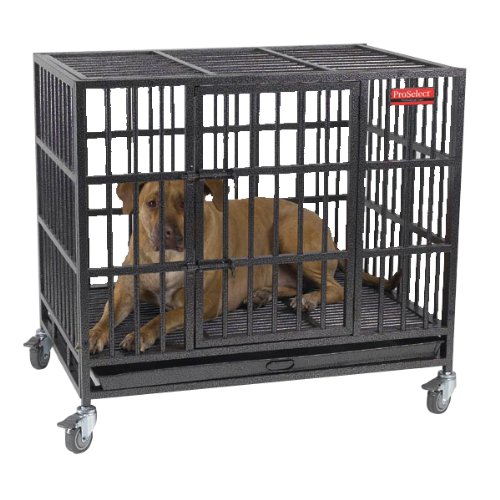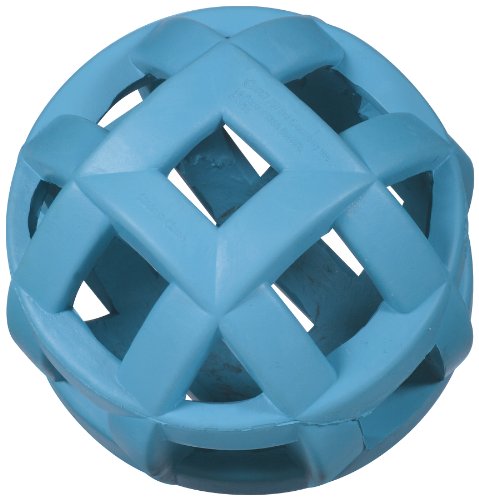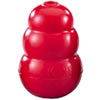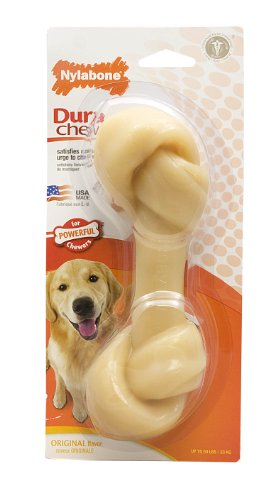
Understanding “Designer Dogs”
A lot of confusion and misinformation surrounds “designer dogs”. As anyone who has shopped around for a dog in the past 10 years knows, ads and listings for adorable sounding animals like Shorkies, Puggles, and Doodles, and Poos abound. What are these new “breeds”? What are they like? How should you shop for one?
What is a Designer Dog?
You are going to need some terminology to follow me here, so if you see a word that has been bolded that is a vocabulary word you need to understand.
Ok, the first thing you need to understand is the definition of a dog breed. A dog breed means a dog that has two parents who are the same breed. They are genetically programmed to reproduce other dogs like themselves. These dogs have generations of dogs behind them that were the same breed. They look the same, within a standard. They share the same character traits and latent abilities as others of their breed. So who decides if a dog is a breed or not?
Well, the AKC does, in the United States of America. The AKC is a registry that only accepts the registration of established breeds. They keep a listing of all animals that have been registered within that breed. If your dog is not registered, its offspring cannot be registered, and cannot be shown.
And What is a Standard, Anyway?
Ok, the standard of a breed, or a prospective breed, is a list of the qualifications that an animal needs to show to be recognized as a good representative of that breed. For instance, the German Sheppard Dog is an established breed. Its standard tells you, within a range, what the height of an animal should ideally be. It tells you what colors are, or are not acceptable. It tells you what the dogs’ ears, eyes, and nose should look like. It tells you what temperament is ideal in this type of dog, and what is undesirable. Not all purebred animals fit the breed, but the breeder ought to be aiming for an animal that does.
So, My Labradoodle is a Purebred Labradoodle, Right?
No. Your Labradoodle is not a purebred anything. Let me explain. A Poodle is a breed. If you breed a Poodle to a Poodle, you are going to get a Poodle. That animal is going to have tightly curled hair that does not tend to shed, and probably will be a highly intelligent and slightly goofy dog. There is absolutely no guarantee what quality of poodle you will get; that will all depend on the two individuals you bred. Nevertheless, you will get a Poodle. A Labradoodle may be one of a number of combinations of breeding.
All of the following crosses produce animals that are sold as Labradoodles: Standard Poodle/Labrador Retriever (called an F1 cross), Labrador Retriever/F1 Labradoodle (the offspring called an F2 Labradoodle), Mini Poodle/Labrador Retriever, F1 Labradoodle/Standard Poodle, F1 Labradoodle/F1 Labradoodle, and F1 Labradoodle/F2 Labradoodle. That’s Oodles of Doodles, and they’re all going to be a little, or a lot different, depending on the genes they happened to inherit.
So it’s Still Purebred Dogs Bred to Each Other, it is a Breed.
It is not a breed…yet. Look at the possible crosses above. When you have that many options, and all the offspring are all being called Labradoodles, you do not have a breed. What you have is a very appealing mix. My cousin and I both own Labradoodles. My dog had a Standard Poodle father, and an F1 Labradoodle mother. He is very like a poodle in temperament, and appearance. My cousin’s dog had a Labrador Retriever father, and an F1 Labradoodle mother. He looks unlike either Poodle or Labrador, and acts very like a Labrador. They are both appealing dogs. It’s the nature of the Doodle. But you would never think they were the same breed if you put them side by side.
My Breeder Says My Dog’s Parents Are Registered as Shorkies
There are registries that accept some of the designer dogs. These are not AKC registries.They are registries who were created because the AKC did not think that mixed breed dogs ought to be registred because they have cute names. These registries do have standards for the designer dogs they register, but they are not enforced. The only way any registry enforces standards for breeds is in the show ring.
Here’s the deal with the registration thing. Registering your dog with any agency does not mean your dog has met some standard of quality. There are Westminster show winning Poodles registered with the AKC, and Poodles that look terrible and act worse. Registration means that the registry is going to keep a pedigree, or family tree, of your dog available in order to prove that it is a purebred member of that breed.
The AKC is not a standstill organization. They do add new breeds from time to time. Breeds happen when people decide that a type of dog is a desirable animal to have, and start to carefully select individuals who meet a standard. Any new breed starts out as a mix of one or more breeds. When enough people agree on a standard, and enough people breed only to that standard, a new breed may be born.
Labradoodles came about because somebody realized that Labrador Retrievers made excellent assistance dogs, but that many people who were allergic to dogs could not use them. Poodles do not always make good assistance dogs, but they do not shed, and do not irritate people with dog allergies as much as dogs that do shed. Therefore, somebody began breeding the two together.
They kept breeding them because they are adorable, they don’t always shed, and they are adorable. This led to a lot of poodle mixes being tried, and then a full blown explosion of “designer dogs”.
The AKC includes a “miscellaneous category” among their listed breeds, as a kind of stair step to become an AKC recognized breed.
So My Designer Dog is Worthless
No, your designer dog is very valuable. People in other types of animal breeding choose to mix breeds all the time. Horse breeders sometimes cross pony breeds with other breeds to create a very athletic animal for small people. Sheep breeders may make a cross to create an animal with a certain type of wool that is easier to care for.
If your breeder took two healthy animals that were good representatives of their breed standard, and took care to socialize their puppies properly, you have a lovely and unique pet.
So Who Cares?
You should care, and so should anyone shopping for a new dog. It is important to carefully match dogs to their owners, in terms of potential temperament. A friend of mine once bought a Shorkie, or Shih-Tzu/Yorkshire terrier mix to be a lap dog. She wanted a quiet, small, calm housedog. Shih-Tzu’s usually are quiet and calm. Yorkies are not always quiet and calm. Shih Tzu’s are lap dogs, bred to be ornamental pets. Yorkies are terriers, and terriers are meant to be working farm dogs that chase rats. This Shorkie drives her owner to distraction barking at squirrels in the yard. But it is not the dogs’ fault. The breeder told her that the Shorkie “breed” was quiet.
Do You Have a Point?
Here’s the ultimate point. A designer dog can be what you are looking for, if you understand that it is a mixed breed dog, and no guarantees can be made about it’s potential growth, temperament, or adult status. Again using Labradoodles as an example, my friend and I both own F2 Labradoodles. Her dog weighs about 45lbs, and is maybe the height of a border collie. My dog weighs 90lbs, and he’s as tall as a greyhound. That’s a lot of difference, and that is what I’m talking about.
Understand what your dogs parents were like, understand the two breed standards you are dealing with, and understand that in the end, it’s a little like getting a dog out of the genetic crackerjack box.
 Pro Select Empire Cages
Crate training a dog is a go
Pro Select Empire Cages
Crate training a dog is a go
 How to Brush Dogs Teeth Without Losing Your Fingers!
After a horrible dental expe
How to Brush Dogs Teeth Without Losing Your Fingers!
After a horrible dental expe
 My Dog Chews Everything
Why Dogs ChewSome dogs are n
My Dog Chews Everything
Why Dogs ChewSome dogs are n
 Eight Great (and durable) Dog Toys
Eight Great (and durable) Dog Toys
There are thousands of
Eight Great (and durable) Dog Toys
Eight Great (and durable) Dog Toys
There are thousands of
 How To Rehome A Dog
Reasons For
How To Rehome A Dog
Reasons For
Copyright © 2005-2016 Pet Information All Rights Reserved
Contact us: www162date@outlook.com